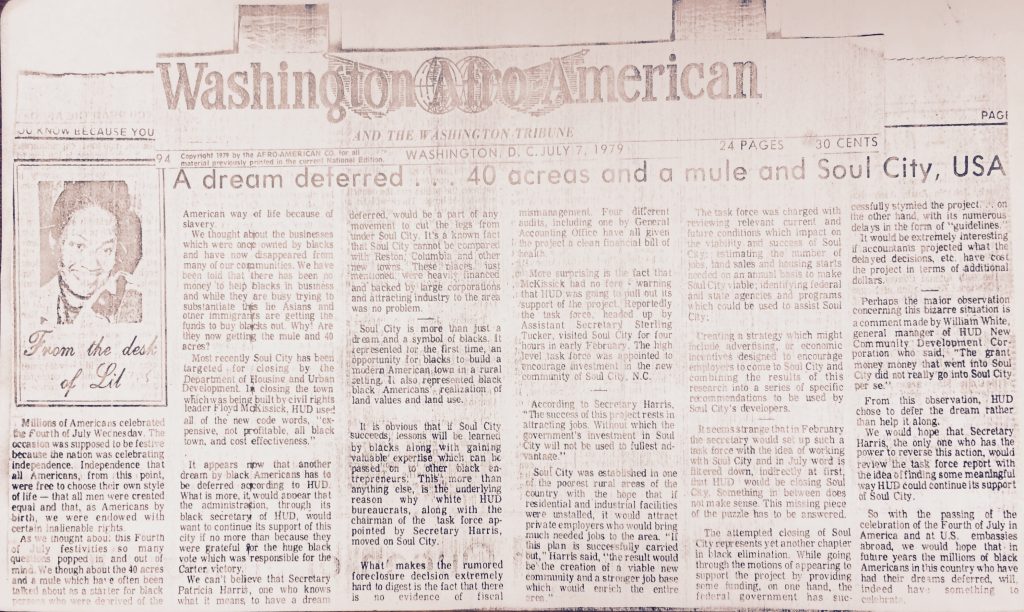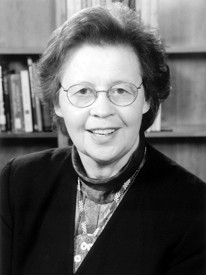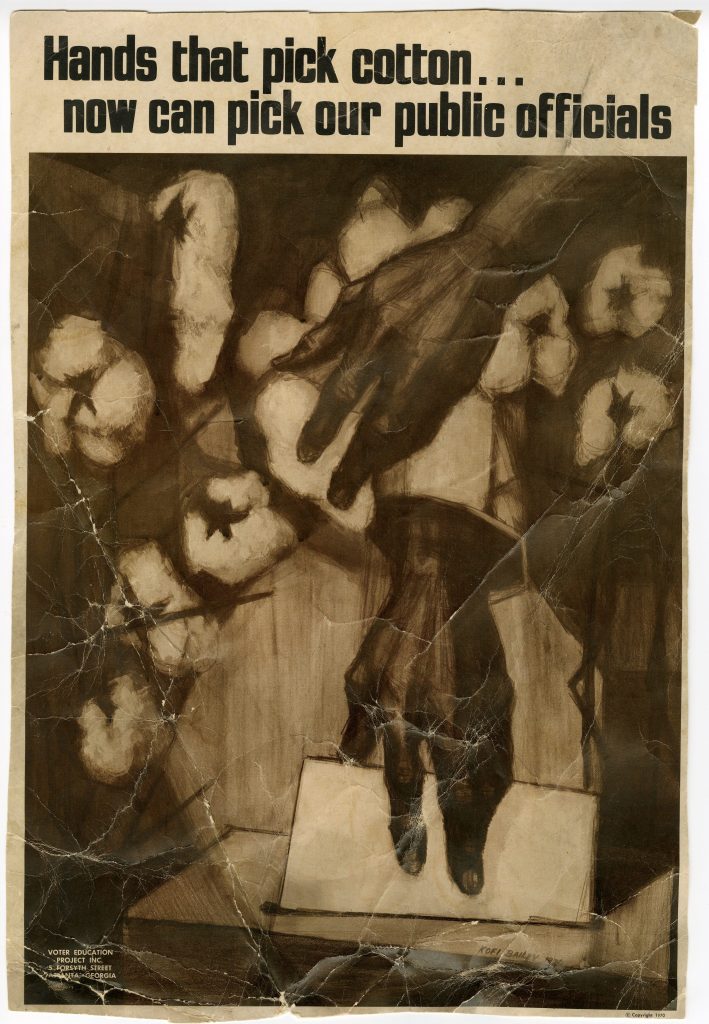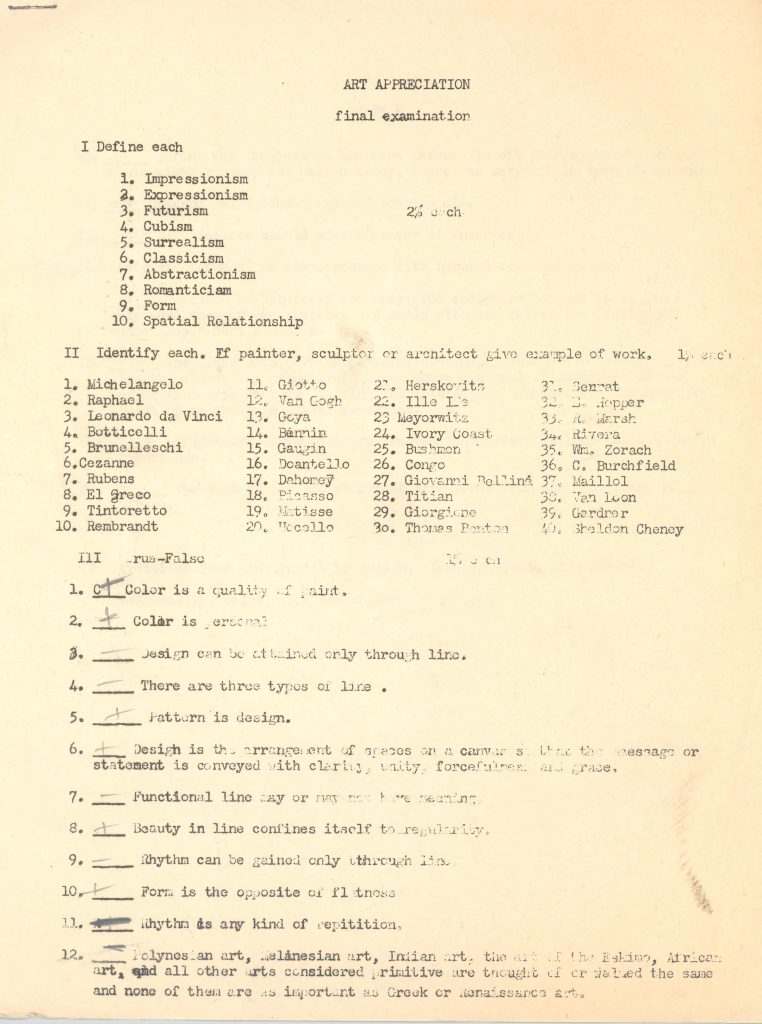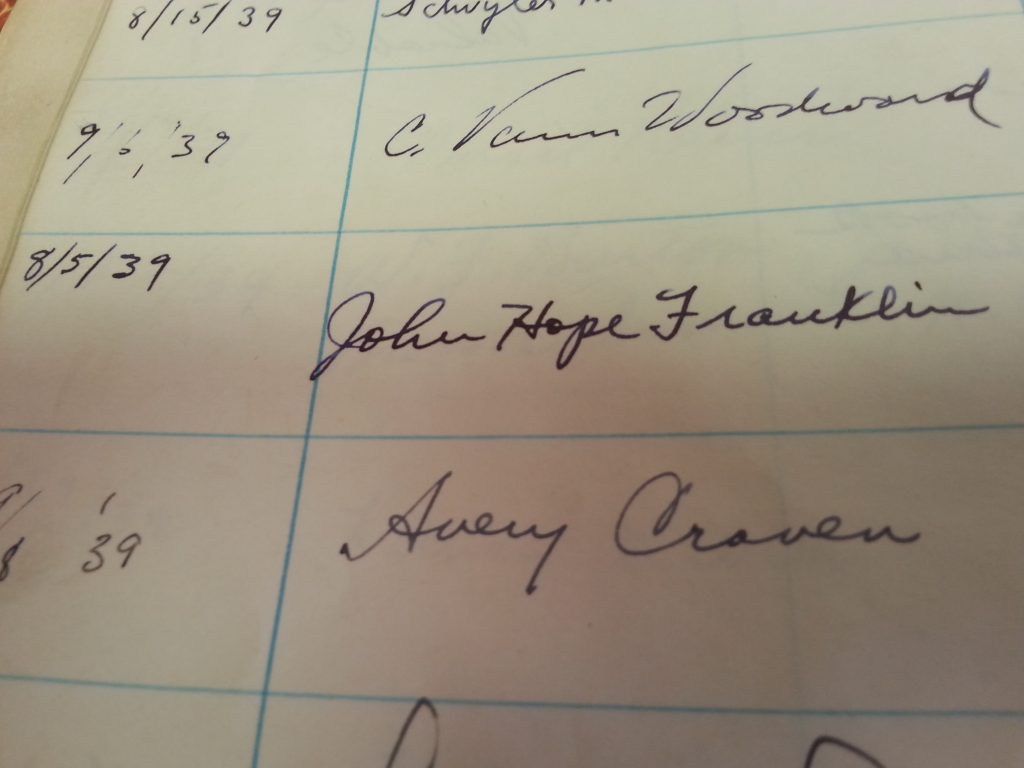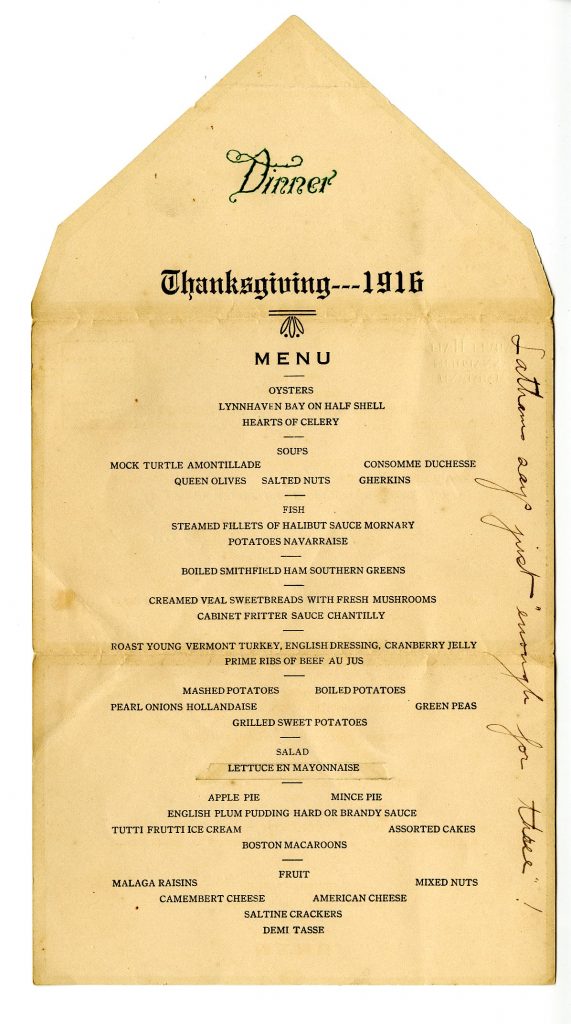On Saturday, August 1, 2015, I had the honor of attending a ceremony for the presentation of the Congressional Gold Medal to the family of Sgt. James Andrew Felton (1919-1994), a Montford Point Marine. The Congressional Gold Medal is the highest civilian award bestowed by the United States Congress. The medal ceremony was held at the C.S. Brown Regional Cultural Arts Center and Museum in Winton, N.C.
Leading the proceedings was Mr. Curt A. Clarke, president of Chapter 14 of the Montford Point Marine Association. During his remarks, Mr. Clarke did an informal survey of the audience’s knowledge of the Montford Point Marines and their place in American history. He asked the attendees to raise their hands if, prior to that week, they had ever heard of the Montford Point Marines. Surprisingly, only about 20% of the audience raised their hands. Next, Clarke asked, “Who has ever heard of the Tuskegee Airmen?” About 90% of the audience raised their hands. This represents the Montford Point Marines’ unsung legacy and it underscored the need for recognition ceremonies such as the one honoring Sgt. Felton.
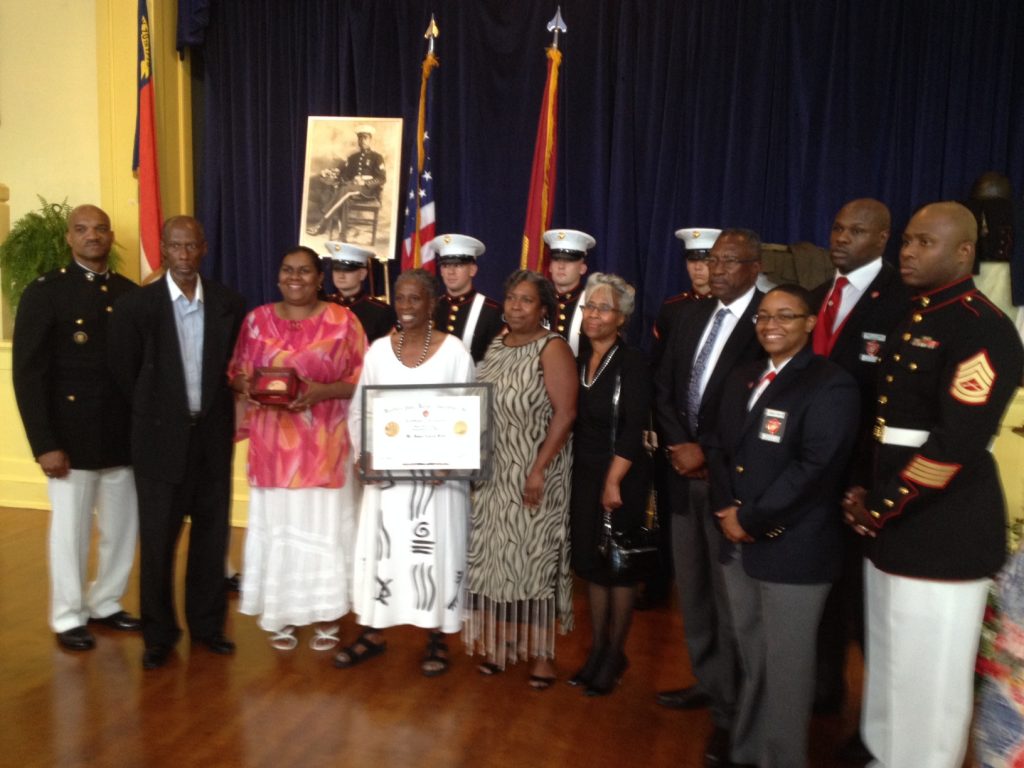
The Montford Point Marine Association has been working since 1966 to educate the public on the history of the “Montford Pointers.” In 2011, Barack Obama signed into law the legislation that would award the Congressional Gold Medal to individual Montford Point Marines. Since then the Association has been working locally with surviving members of the Corps or with the families of deceased Montford Pointers to present medals and honor their distinguished service.
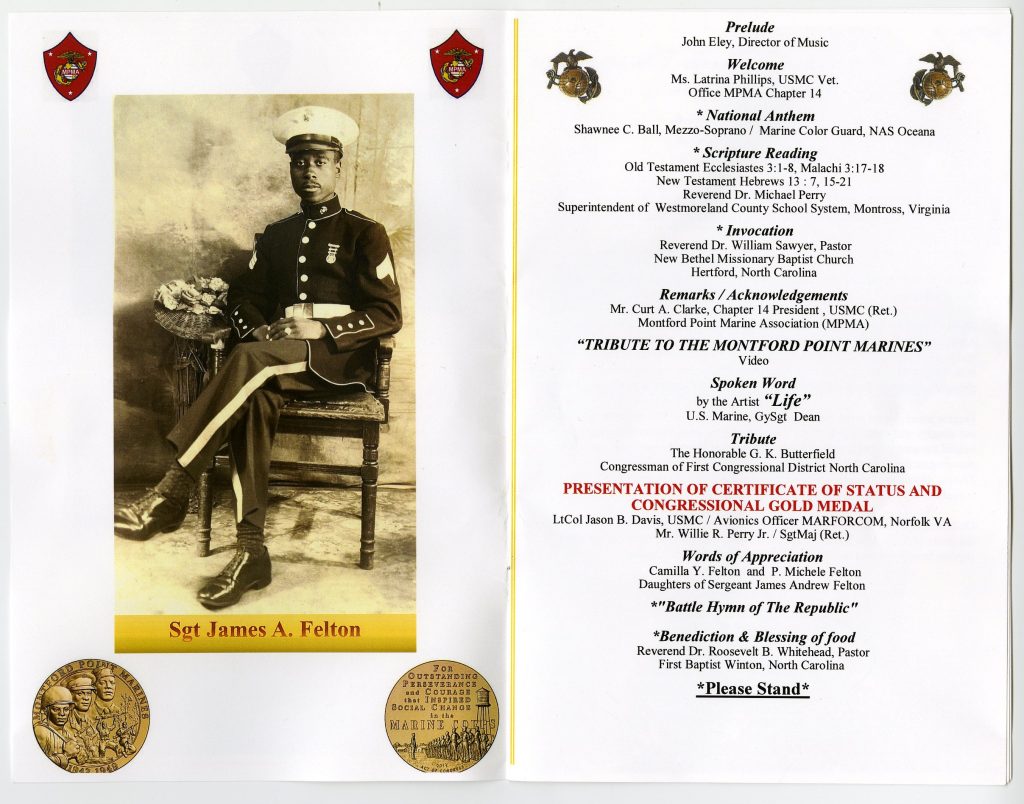
The Southern Historical Collection is proud to preserve the James and Annie V. Felton Papers, which includes some photographs and other documentation of Mr. Felton’s military service. Please check out the finding aid for more information about the Felton collection.




